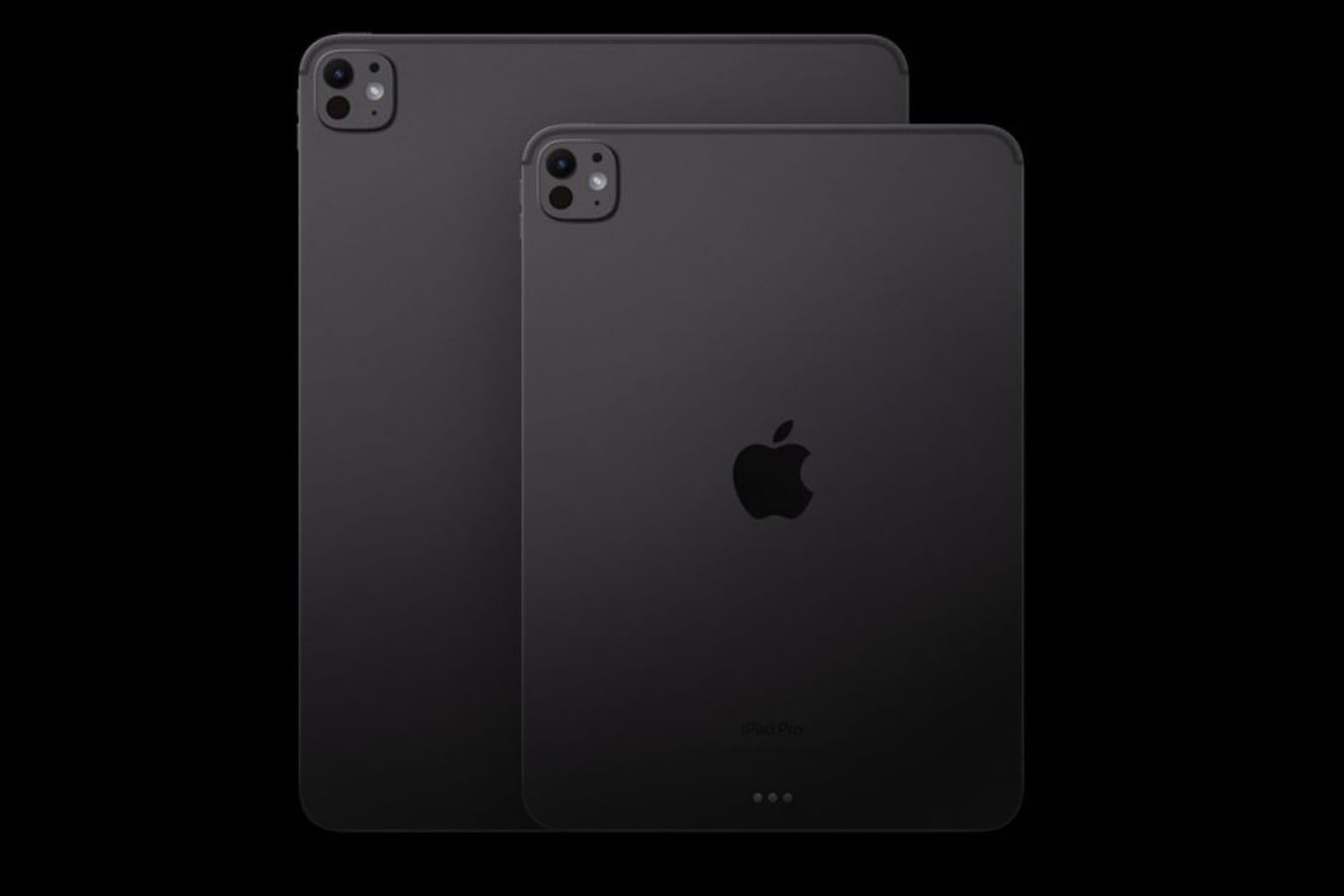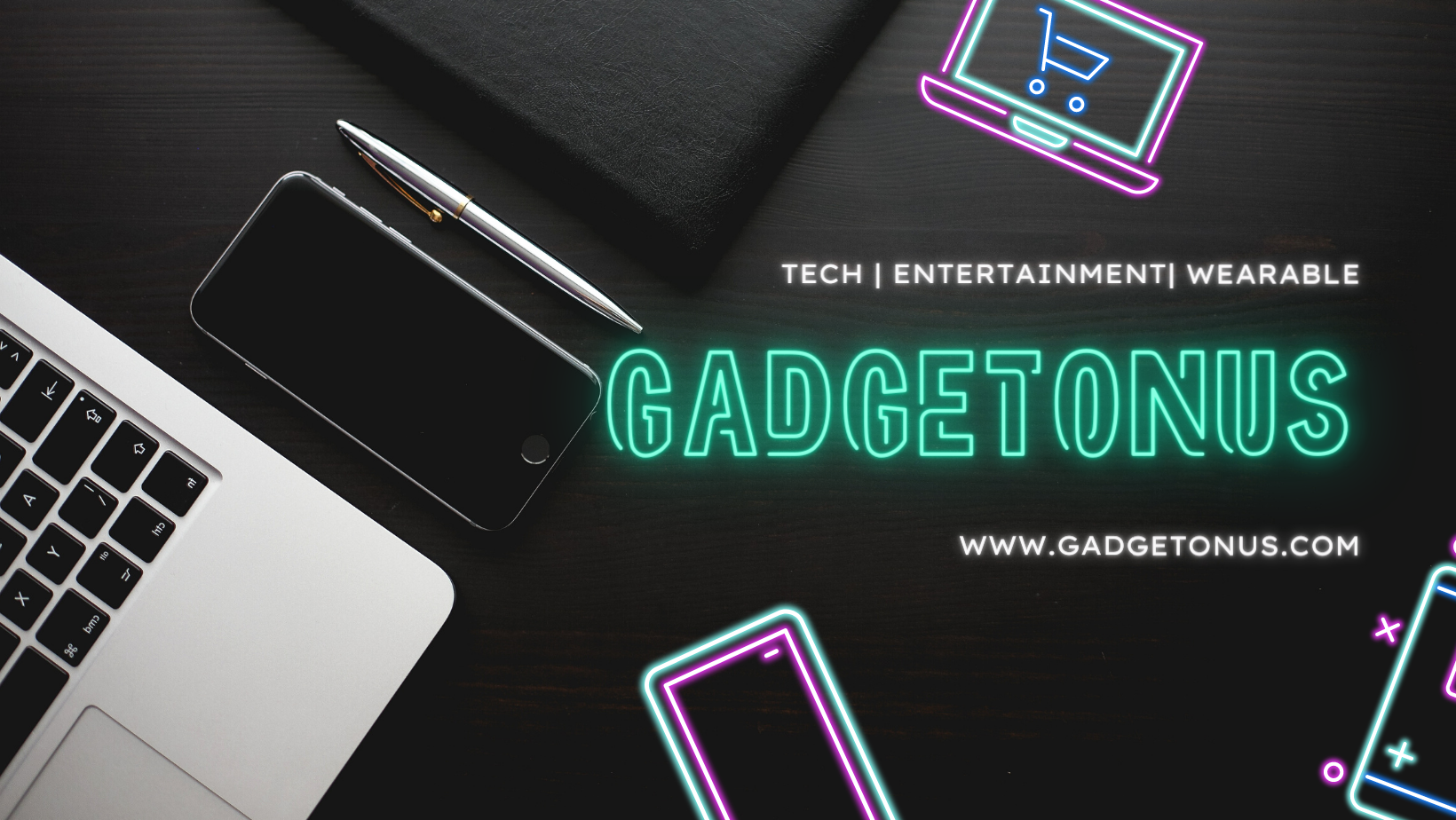A document authentication system developed by Smart Engines has appeared in Russia. The development has already been included in the Russian software registry.
The system, powered by artificial intelligence, instantly extracts data from the passports of Russians and citizens of other CIS countries. Documents are verified in three ranges: optical, ultraviolet and infrared.
The service identifies forgeries and false documents by analyzing the authenticity of the form, the presence of security fibers, the conformity of the source, signs of forgery of seals and other criteria. The system takes about three seconds to check it. The technology can analyze documents from countries such as Armenia, Belarus, Kazakhstan, Moldova, Tajikistan and Uzbekistan.
Additionally, the complex includes patented non-biometric facial verification technology, which allows cross-validation of the bearer’s face and the photograph on the document/chip.
The system operates on a local workstation and does not transmit data to third-party servers.
Some Russian banks already use the company’s document recognition services. Previously, Credit Europe Bank (Russia) started using the technology in its mobile bank.
But as a representative of Smart Engines clarified to RB.RU, the company has identified a demand in the market specifically for a service that will detect counterfeits. If the Russian Federation has learned to check the authenticity of Russian passports, sometimes difficulties arise with documents from other countries, since not everyone knows what a passport from neighboring countries should look like.
Smart Engines has been operating since 2016 and was founded by specialists from the Russian Academy of Sciences. The company is engaged in research in the field of image recognition and processing, machine learning, video stream recognition, and algorithmic optimization.
Author:
Natalia Gormaleva
Source: RB
I am a professional journalist and content creator with extensive experience writing for news websites. I currently work as an author at Gadget Onus, where I specialize in covering hot news topics. My written pieces have been published on some of the biggest media outlets around the world, including The Guardian and BBC News.










